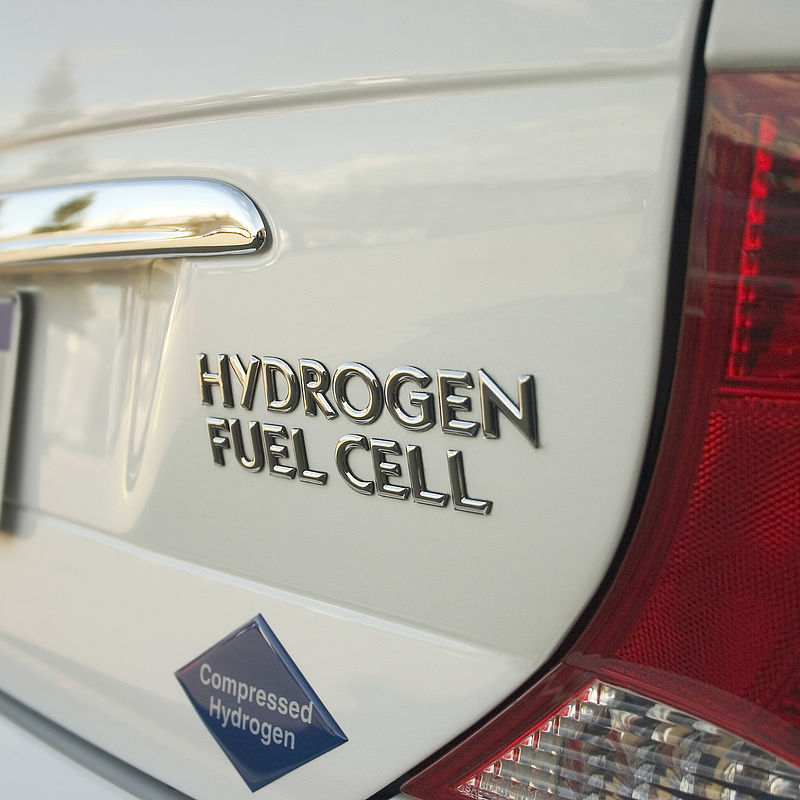
A new field test standard for hydrogen refuelling stations
Challenge
Hydrogen refuelling stations (HRS) must meet measurement requirements set out by legislation. Standards such as SAE J2601 and OIML R139 are in place to ensure safety at HRS. The former establishes process limits for light duty vehicles (e.g., cars) to ensure that tanks do not overheat or overfill during fuelling, while the latter details maximum permissible errors for hydrogen flow meters.
However, real-world conditions at the fuel pump are variable, with a range of possible temperatures and pressures inside vehicles’ fuel tanks. During fuelling, pressure can vary from 0.1 – 70 MPa and hydrogen can be cooled to as low as -40 °C.
Therefore, Hydrogen Field Test Standards (HFTS) are required to verify and calibrate HRS under real-world conditions. These more realistic standards improve accuracy at HRS, allowing for accurate billing, and in turn improving customer confidence in the use of hydrogen as a viable alternative to fossil fuels.
Before the MetroHyVe project, although international requirements existed regulating meters used in HRS, only limited studies had been conducted on testing and verifying these stations, both in the lab and in the field.
Solution
During the project, METAS, the National Metrology Institute of Switzerland, developed an HFTS suitable for field verification and calibration of hydrogen dispensers inside refuelling stations. The method is based on a gravimetric principle: an empty pressure vessel is weighed, filled with hydrogen, and then weighed again, with the mass dispensed taken as the difference between the two. This method was chosen as it is well-established and projected to achieve an uncertainty of 0.3%, just one fifth of the 1.5% uncertainty required by legislation for flow meters. The standard created by METAS is applicable for hydrogen cooled to -40 °C and was confirmed by field tests, achieving an even lower uncertainty of 0.25%.
The development of this HFTS means that HRS can now be calibrated under realistic real-world conditions and also lays a foundation for future testing instruments that might be required to meet existing and future developments in hydrogen-related legislation.
Impact
Maximator are a leading name in high-pressure equipment up to 25,000 bar, with Maximator Hydrogen being established to address the company’s growing hydrogen business. Their goal is to enable the development of hydrogen refuelling technology, with 100 HRS per year planned for construction until 2025.
Prior to the development of the HFTS by METAS, there were only 1-2 systems throughout Europe for measuring the quantity of hydrogen dispensed by an HRS. This led to difficulties for Maximator in validating their hydrogen dispensers, as is legally required. The new HFTS has allowed the company to overcome this, standardise their dispensers and gain International Organisation of Legal Metrology (OIML) type approval. The new standard has also lowered production costs as it can be used on multiple dispensers in one sitting, saving the price of repeated instances of validation. Using the HFTS for validation of their dispensers has also allowed the company to accept a contract with REH2 to supply HRS in Sweden, with the first planned for Autumn 2023 and more following in 2024.
Accurate dispensing at HRS ensures that customers are correctly billed for the fuel they buy. This improves customer confidence in hydrogen and encourages its use as a clean alternative to fossil fuels.
- Category
- EMPIR,
- Energy,
